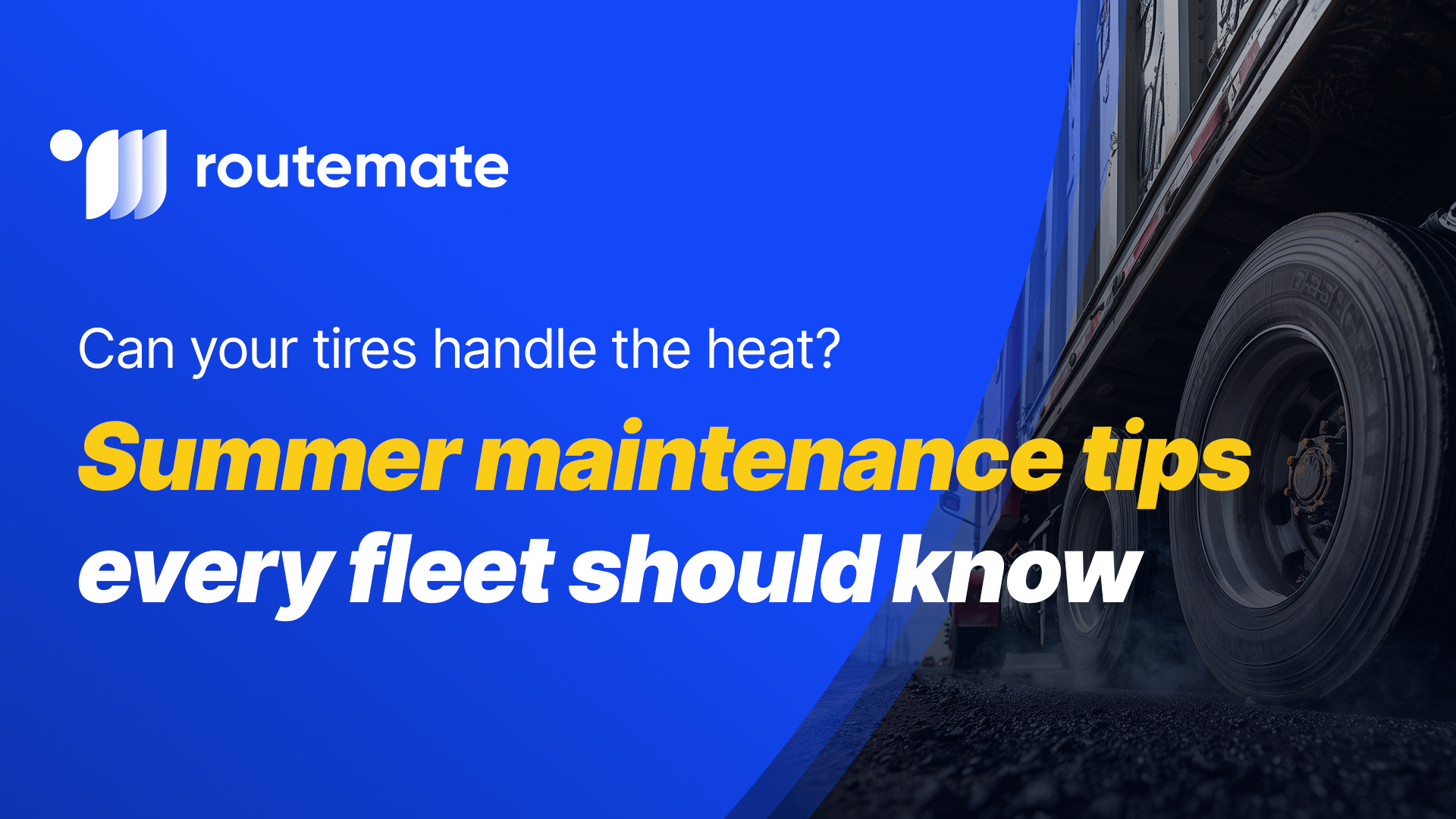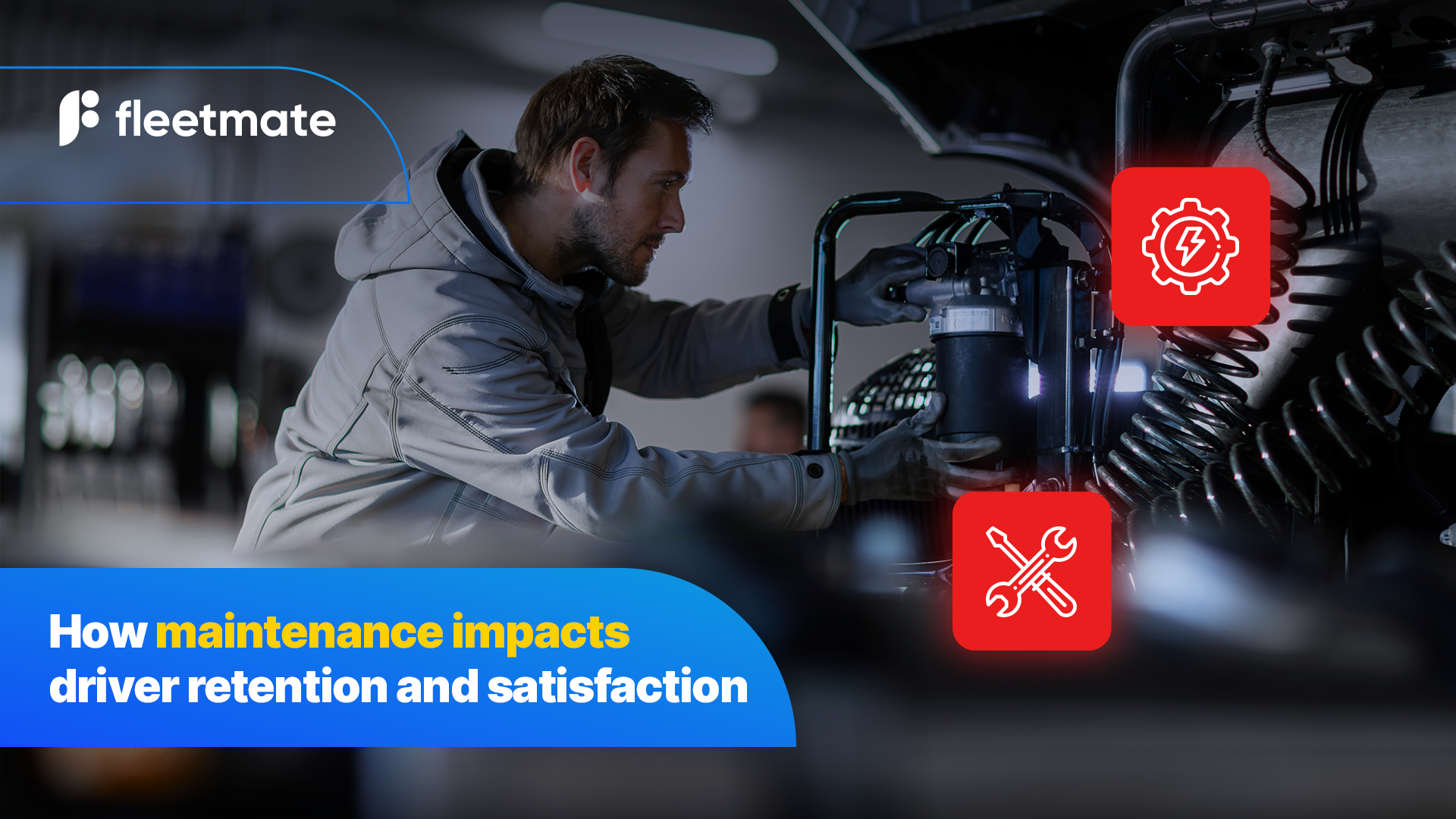Heat is a tire’s number one enemy, and if you’ve ever dealt with a blowout, you already know how expensive and dangerous it can be. As summer rolls in and temperatures in parts of the U.S. climb well into the 100s, your tires will feel the strain.
If you’re aiming to get the most life (and the best performance) out of your fleet’s tires, here’s the truth: heat + underinflation = a bad, bad combination.
In fact, this isn’t new information. Back in 1928, The Saturday Evening Post reported that 80% of all tire failures were due to underinflation. Nearly a century later, nothing has changed in maintaining fleets.
Why is underinflation so dangerous in summer?
Underinflated tires are a recipe for trouble. They lead to:
- Increased flexing and heat buildup
- Faster wear rates
- Higher fuel consumption (every 10 psi drop costs about 1% in MPG)
- Poor handling and reduced traction in turns
And while overinflated tires don’t get the same attention, they’re risky too:
- Reduced wet performance
- Less shock absorption
- Increased suspension wear
- Greater vulnerability to cuts and impacts
Unequal inflation between dual tires can also cause irregular wear and reduce fuel economy, a common but preventable issue.
How temperature affects tire pressure
Tire inflation isn’t static; it changes with conditions. Truck tires can lose up to 2 psi each month, and for every 10°F change in temperature, you can see a 1 psi shift. High altitudes can also alter tire pressure (about 1 psi per 2,000 feet).
Other causes of air loss include:
- Leaks at the bead and rim interface
- Loose valve stems
- Valve core damage or debris
Best practices for summer tire maintenance
Check cold inflation pressure often – Always measure before the tires heat up from driving.
Know your specs – Reference tire size, load rating, max axle load, number of tires per axle, max speed, and service conditions.
Use the right tools – A good compressor, dry air lines, a quality gauge, and automatic regulators make accurate checks possible.
Follow manufacturer guidelines – Consult the tire manufacturer’s data book or recognized industry standards.
How RouteMate Tire Pressure Monitoring keeps you ahead of the heat
Even with the best maintenance habits, manually checking tire pressure on a busy fleet can be time-consuming and easy to overlook. That’s where the RouteMate Tire Pressure Monitoring feature steps in.
With real-time, color-coded alerts, RouteMate keeps drivers and fleet managers informed the moment tire pressure drifts out of the safe zone. Here’s what you get:
Prevent costly breakdowns – Spot underinflated or overinflated tires before they cause heat-related blowouts.
Improve fuel economy – Maintain optimal pressure to save on fuel and operating costs.
Stay safer on the road – Receive live warnings right on your map and Vehicle Card for immediate action.
Full fleet visibility – See the condition of every tire from your dashboard, and track defects alongside DVIR reports.
In the summer heat, small tire issues can turn into big problems fast. With RouteMate, you can stop them before they happen, keeping your fleet rolling safely, efficiently, and profitably.
Stay ahead of the heat. Stay in control. Stay on track, with RouteMate.








